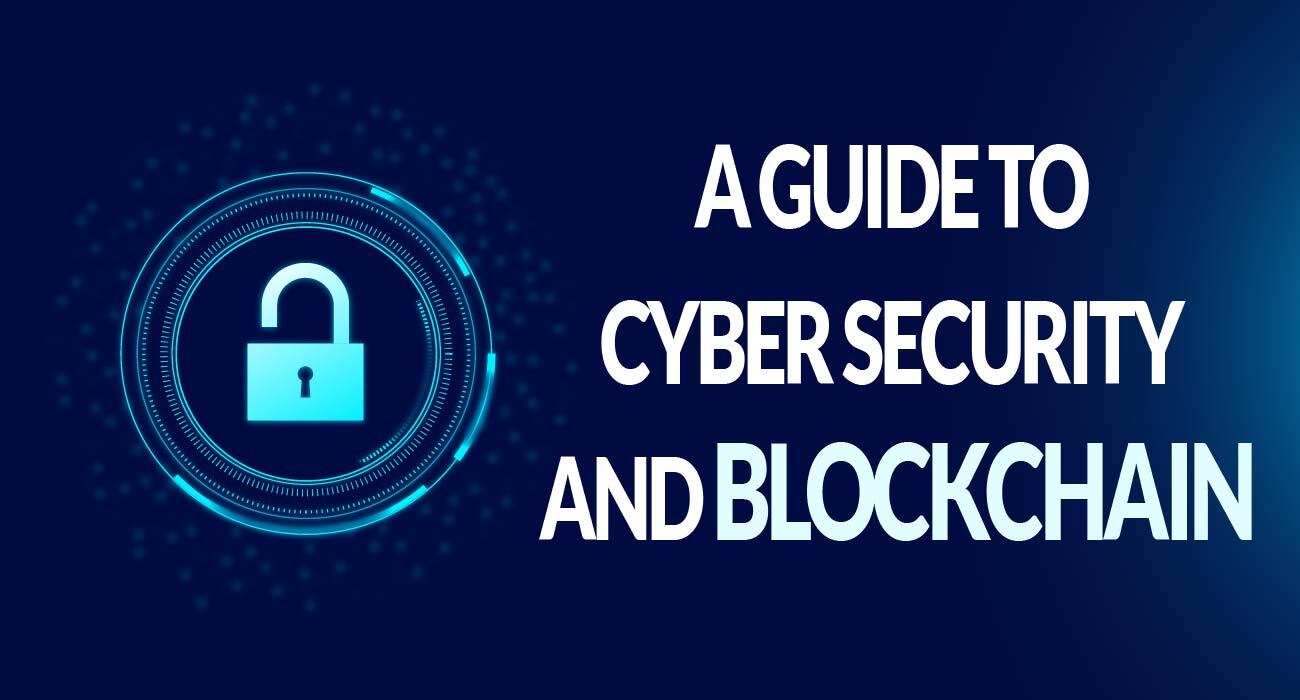Cyber Security and Blockchain both are different in terms of usage, but they both are necessary in terms of providing a new path to your business. Below is all the essential information regarding Cyber Security and Blockchain are mentioned. You can also submit a Blockchain, Write for Us blog post after getting all the necessary guidelines.
About Blockchain
"A shared, immutable ledger that facilitates the process of recording transactions and tracking assets in a business network" is what IBM describes as the blockchain. It is a method for transparently, cost-effectively, and securely tracking anything of value.
The fact that every transaction is documented as a "block" of data is where the word "blockchain" originates. When the asset changes hands, these blocks join together to form a chain. Every transaction's specifics, including their times and order, are contained in the chain.
There isn't a single point of failure in a blockchain. Since each chain is unchangeable, a player cannot break a link in order to add a block. Because every transaction in the chain is verified by an agreed-upon consensus method, it is nearly difficult to tamper with one of these cryptographic chains.
About CyberSecurity
The goal of cybersecurity, also known as information technology security, is to guard against theft, damage, and unauthorised access to computer systems, networks, and data.
Cyber dangers can originate from a variety of sources in today's connected environment, including hackers, malicious software, and even disgruntled workers. Ensuring data availability, confidentiality, and integrity is the main objective of cybersecurity.
The Different Types of Blockchain
There are two types of blockchain: public and private, each requiring distinct cybersecurity considerations.
1. Public Blockchains
Anybody can sign up anonymously to join a public blockchain. Computers with internet access are used in this blockchain ecosystem to verify transactions and produce the consensus.
The most well-known instance of a public blockchain is still Bitcoin. By leveraging computer power to solve cryptographic riddles and produce a proof of work that can be used to validate each transaction, consensus is reached through Bitcoin mining.
There aren't many identity and access limitations on a public blockchain. Public key encryption is mostly used for authentication and verification.
2. Private Blockchains
On the other hand, identification controls—mostly digital certificates—are a major component of private blockchains, which use them to impose membership and access restrictions and maintain the blockchain's privacy. A private blockchain normally restricts access to certain individuals and businesses.
On a private blockchain, consensus is reached by "selective endorsement." Renowned individuals possessing elevated authorization and rights authenticate transactions and uphold the ledger. Private blockchains may be more likely to meet an industry's regulatory and compliance standards because of their stricter restrictions.
The Different Types of CyberSecurity
There are various forms of cybersecurity, and they all target different risks and weaknesses:
1. Network Security
This entails taking precautions to safeguard data availability, confidentiality, and integrity while it is being transferred across or accessed from networks. VPNs, firewalls, and intrusion detection systems are examples of techniques.
2. Information Security
This focuses on safeguarding data's confidentiality, integrity, and availability—also referred to as the "CIA triad"—and preventing unauthorised access. Protection measures use both non-digital techniques, such as the physical protection of data centres and server rooms, and digital techniques, such as cryptography.
3. Endpoint Security
This focuses on protecting "end-user" devices, or endpoints, such as laptops, mobile phones, and PCs. Software for antivirus and antimalware is one of the tools employed.
4. Cloud Security
This field focuses on safeguarding data kept in cloud-based systems, which are used by both individuals and enterprises more and more.
5. Application Security
This guarantees the security of software programmes against intrusions. It involves shielding applications against outside dangers through the use of hardware, software, and procedural measures.
6. Identity and Access Management (IAM)
Employing technologies like multi-factor authentication makes sure that only authorised users may access specific resources.

